Mandarin Chinese is known by many names. In the United Nations, it is known simply as "Chinese". In Singapore, it is known as 华语 (huá yǔ), which means "Chinese language." And in China, it is called 普通话 (pǔ tōng huà), which translates to "common language." Different Names Over Time Historically, Mandarin Chinese was called 官话 (guān huà), meaning "speech of officials," by the Chinese people. The English word "mandarin" meaning "bureaucrat," is derived from Portuguese. The Portuguese word for bureaucratic official was "mandarim," so they referred to 官话 (guān huà) as "the language of the mandarims," or " mandarim" for short. The final "m" was converted to an "n" in the English version of this name. Under the Qing Dynasty (清朝 - Qīng Cháo), Mandarin was the official language of the Imperial Court and was known as 国语 (guó yǔ). Since Beijing was the capital of the Qing Dynasty, Mandarin pronunciations are based on the Beijing dialect. After the fall of the Qing Dynasty in 1912, the new People's Republic of China became more strict about having a standardized common language to improve communication and literacy across rural and urban areas. Thus, the name of China's official language was rebranded. Instead of calling it "national language," Mandarin was now called "common language," or 普通话 (pǔ tōng huà), starting in 1955. Putonghua as Common Speech Pǔ tōng huà is the official language of The People's Republic of China . But pǔ tōng huà is not the only language spoken in China. There are five major language families with a total of up to 250 distinct languages or dialects. This wide divergence intensifies the need for a unifying language that is understood by all Chinese people. Historically, the written language was the unifying source of many of the Chinese languages, since Chinese characters have the same meaning wherever they are used, even though they may be pronounced differently in different regions. The use of a commonly spoken language has been promoted since the rise of the People's Republic of China, which established pǔ tōng huà as the language of education throughout the Chinese territory. Putonghua in Hong Kong & Macau Cantonese is the official language of both Hong Kong and Macau and is the language spoken by the majority of the population. Since the ceding of these territories (Hong Kong from Britain and Macau from Portugal) to the People's Republic of China, pǔ tōng huà has been used as the language of communication between the territories and the PRC. The PRC is promoting greater use of pǔtōnghuà in Hong Kong and Macau by training teachers and other officials. Putonghua Features Pǔtōnghuà has four distinct tones which are used to differentiate homophones. For example, the syllable "ma" can have four distinct meanings depending on the tone. The grammar of pǔ tōng huà is relatively simple when compared with many European languages. There are no tenses or verb agreements, and the basic sentence structure is subject-verb-object. The use of untranslated particles for clarification and a temporal location is one of the features that make pǔ tōng huà challenging for second-language learners. # Our teachers # More than 10 years teaching experience Master Degree Certificate for teaching chinese as a foreign language 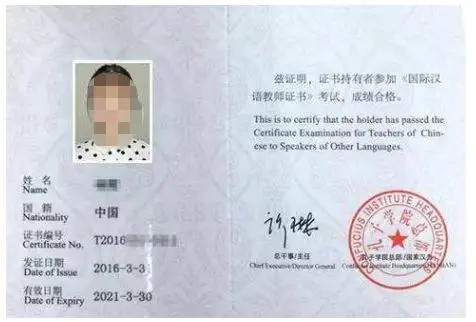 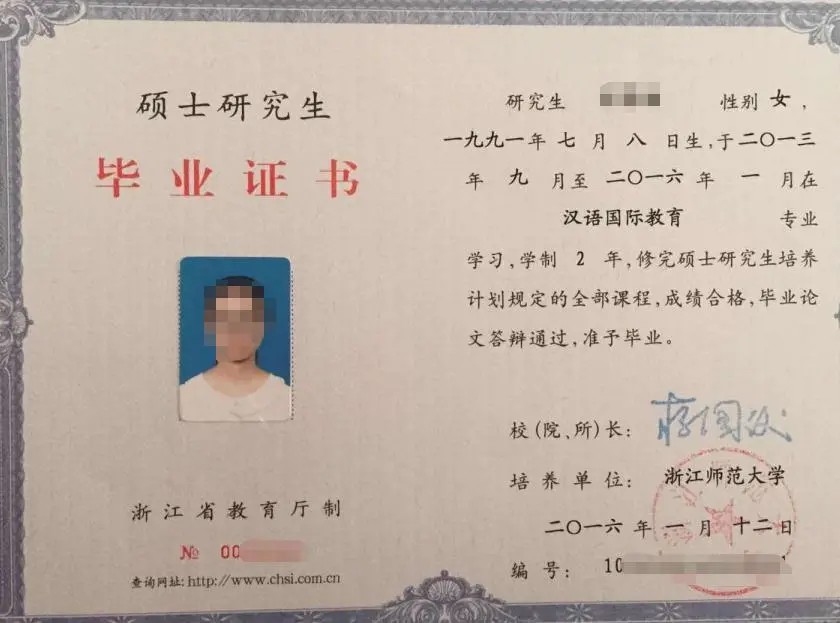 # About us # Founded in 2007 Chinese test and training center 200+ Chinese teachers 5000+ students 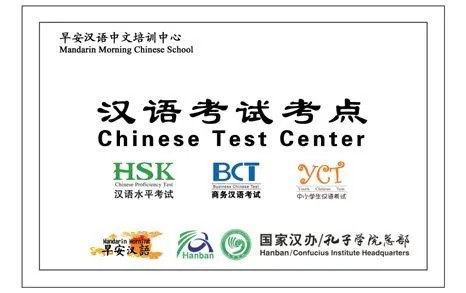 # Contact us# Name:fiona Phone number:021-52287809,13918358891 E-mail:info@mandarinmorning.com www.mandarinmorning.com If you are interested to join Mandarin Morning school or want more details about our services, scan the following QR code. ☟ 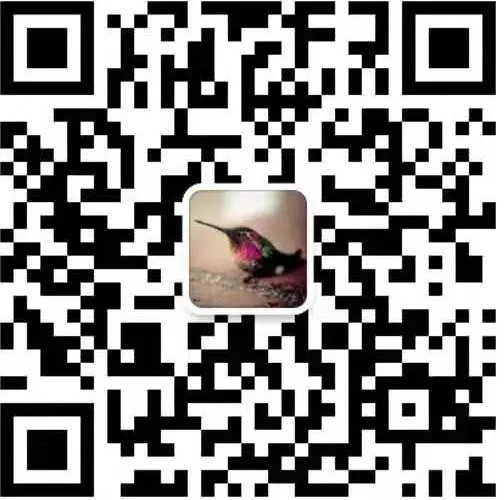 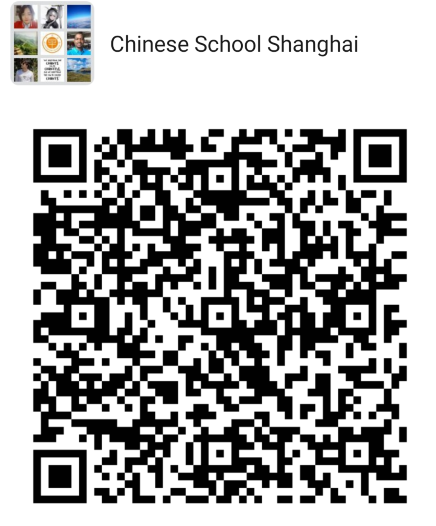 Mandarin Morning Chinese test center attached to Confucius institute headquarters Authorized Test Center and Training Center for International Chinese Language Teacher Certificater 10 years+ ,200 teachers ,more 10000 students,200+companies  |